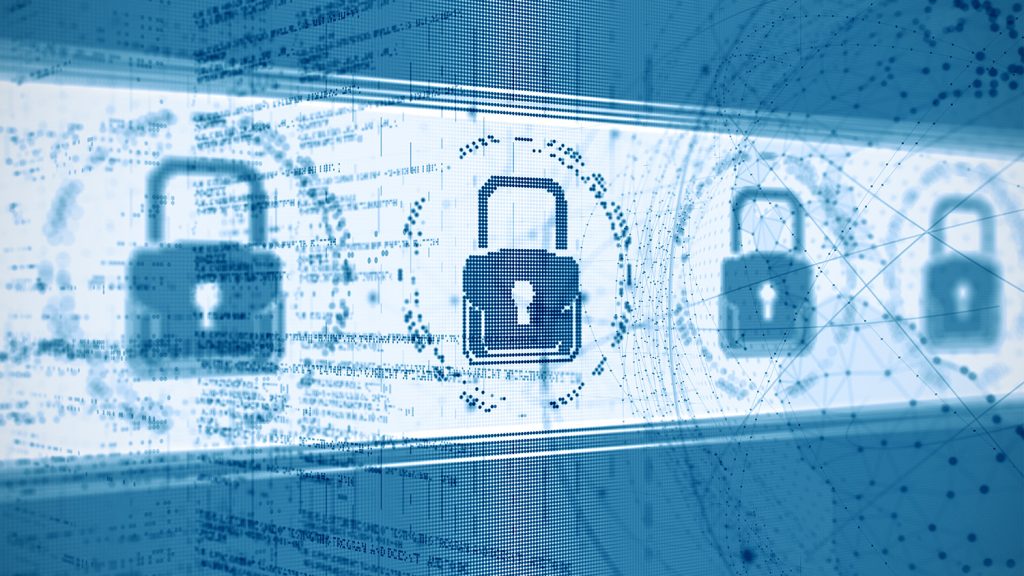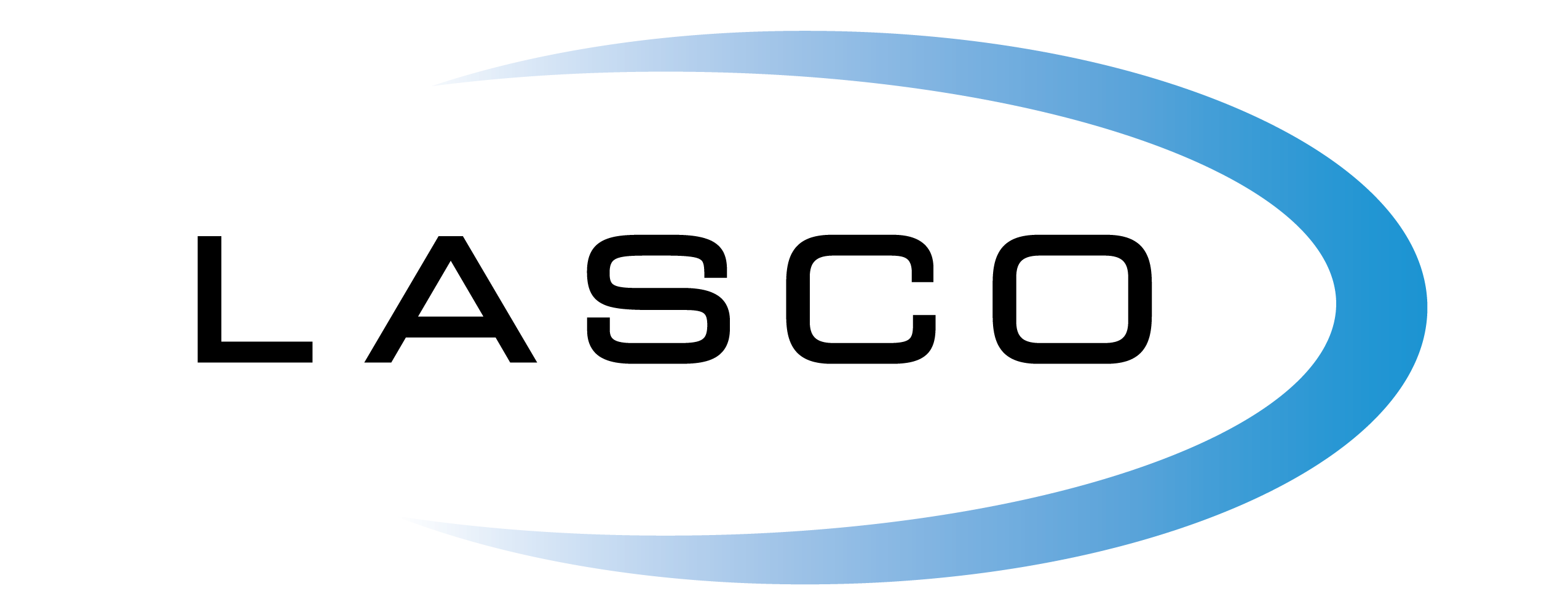Strengthening Yor Organization's Cybersecurity: A Guide to System Updates and Maintenance

Keeping your systems up to date is a fundamental aspect of safeguarding your data and operations. For the final week for Cybersecurity Awareness Month, we’ll explore the importance of system updates and maintenance in bolstering your organization’s cybersecurity. We’ll also delve into the pros and cons of Managed Service Providers (MSPs) versus in-house management, and introduce some free tools to help you in this endeavor.
The Significance of System Updates
Cyber threats are constantly evolving, and software vulnerabilities are prime targets for hackers. Regular system updates are vital because they often contain patches and security fixes. Here’s why they are crucial:
- Patching Vulnerabilities
Threat actors exploit known vulnerabilities, so keeping systems updated ensures these weaknesses are plugged and patched properly. - Enhanced Performance
Updates may include performance improvements to ensure your systems run smoothly and efficiently. - Compliance Requirements
Many industries have regulatory compliance requirements that necessitate up-to-date systems to protect sensitive data. Also, it continues to appear on questionnaires when renewing or obtaining Cyber Insurance for your organization.
Strategies for Keeping Systems Up to Date
Each organization is unique in hardware and software solutions used to run them. Your organization may require extensive testing before pushing an update to your entire organization, or you may have proprietary hardware that requires regular management and testing to ensure vulnerabilities are mitigated. Here are the baseline requirements every organization should implement when building out or enhancing update policies:
- Automated Updates
Automating Updates prevents human error or backlog on systems being updated. Most systems come with the ability to download and install patches direct from the vendor automatically when released, allowing critical patch installation without delay. - Regular Scanning
Use vulnerability scanning tools to identify weaknesses in your systems and prioritize updates. Go a step further and utilize a third party to test your environment to enhance your understanding of risk when patching might not be an option. - Employee Training
Educate your employees about the importance of updating their devices and help them get invested in your organization’s security policies. - Sandboxing
Before applying updates, test them in a controlled environment to ensure they won’t disrupt your operations. If you are a smaller organization, this might be a single computer or a portion of a department being updated before rolling out to the rest of your organization. - Backup Data
Regularly backup your data to mitigate the risk of data loss during system updates. Test your backup functions regularly to ensure data validity and recovery procedure success.
MSPs V.S. In-House System Management
The age-old question of having a third party handle your system maintenance over building an in-house team requires a thoughtful answer. Each approach has its advantages and drawbacks, with MSPs offering expertise and scalability while in-house management provides greater control and customization. We can look deeper into industry pros and cons to help you make that choice:
Managed Service Providers (MSPs)
Pros
Expertise and Specialization
MSPs are dedicated cybersecurity experts. They have highly specialized teams with deep knowledge of the latest threats and security best practices. By partnering with an MSP, you gain access to their collective expertise, which can be especially beneficial for organizations lacking in-house cybersecurity knowledge.
Cost-Effectiveness
For small to medium-sized organizations with limited resources, MSPs can be cost-effective. They offer subscription-based services that spread the cost of cybersecurity across multiple clients, making advanced security solutions more affordable.
Scalability
MSPs can quickly adapt to your organization’s changing needs. Whether you need to scale up due to growth or scale down during quieter periods, they can adjust their services accordingly. This flexibility is often difficult to achieve with in-house teams.
Monitoring and Support
MSPs can provide around-the-clock monitoring and support, which is vital in today’s threat landscape. They can respond to security incidents promptly, reducing potential downtime and data breaches.
Advanced Technology
MSPs invest in state-of-the-art security tools and technologies, ensuring that your organization benefits from the latest cybersecurity innovations without the burden of acquiring and managing them in-house.
Cons
Loss of Full Control
By outsourcing services to an MSP, you relinquish a degree of control. You have to trust that the MSP will follow your policies and protect your data and systems.
Dependency
Your organization becomes dependent on the MSP’s services. If the MSP encounters issues, it can have a direct impact on your operations, just like if your in-house operation went down.
Privacy Concerns
Sharing sensitive data with an external entity can raise privacy and data protection concerns, especially if the MSP’s data handling practices are not transparent or compliant with your industry’s regulations. Vendor management and pre-screening is a must for any organization.
In-House Maintenance
Pros
Control
In-house system management offers the highest level of control. You can customize security strategies, policies, and procedures to precisely align with your organization’s unique needs and risk tolerance.
Customization
You can tailor your infrastructure and practices to suit your organization’s specific requirements.
Privacy
Your organization maintains full control over sensitive data and can establish robust internal data protection measures to ensure data privacy and compliance.
Cons
Resource Intensive
Developing and maintaining in-house system capabilities can be resource-intensive. It requires substantial financial investments, hiring and retaining skilled personnel, and ongoing training.
Expertise Gap
Many organizations struggle to find and retain high quality talent due to a shortage of skilled professionals. This can leave gaps in your security posture and potentially expose your organization to threats.
Overhead and Infrastructure Costs
You’ll be responsible for acquiring and maintaining the necessary infrastructure and security tools, which can be costly and time-consuming.
Overall, ensuring your organization’s cybersecurity through system updates and maintenance is a non-negotiable. The choice between MSPs and in-house maintenance depends on your organization’s size, resources, and specific needs. Regardless of your decision, it’s imperative to stay vigilant and use your tools and resources to bolster your cybersecurity efforts. Your organization’s data and operations depend on it.
If this is something you would like to discuss further, Lasco is always here to help! Fill out the form to the right to begin the process.
Request a Consult
Useful Resources for Your Organization
Here are some free and open-source resources you can start using today to test and keep up with some of the recommendations we talked about today (NOTE: Lasco Development Corporation is not affiliated with any of the recommended products below):
OpenVAS: An open-source vulnerability scanner that helps you discover and manage vulnerabilities in your network.
Nmap: A powerful open-source network scanning tool that can help you identify open ports and services on your network.
WSUS (Windows Server Update Services): A free Microsoft tool to manage the distribution of updates released through Microsoft Update to computers in a corporate environment.
AIDE (Advanced Intrusion Detection Environment): An open-source host-based intrusion detection system that checks the integrity of files on your system.
